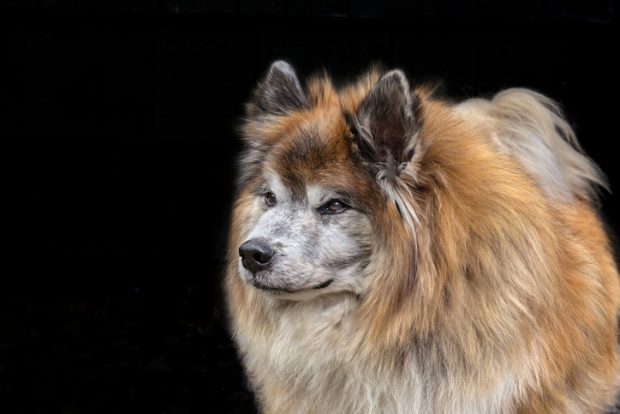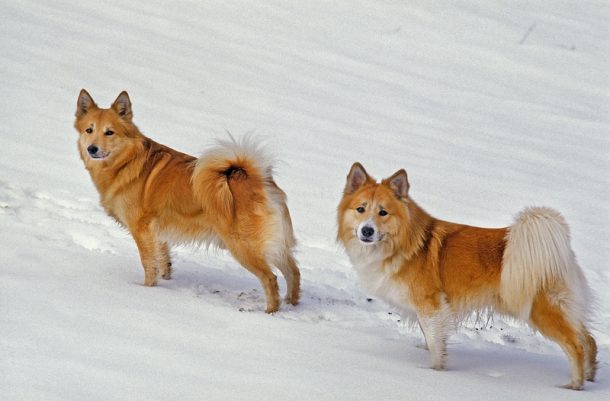
They say that criminals were hanged and buried there.
A quick 10-minute drive outside Iceland’s capital city of Reykjavík takes you to an ancient lava field known colloquially as Gallow’s Lava, or Gálgahraun, named for the rough and formidably tall rocks where miscreants “swung” long ago.
In 2013, the site made international news when environmentalists made camp in the wild moss to protest upcoming construction that would displace supernatural forces in the area like the elves.
Wait, what?
The year before, road crews tasked to move a 50 ton rock in the Reykjavík suburb of Grafarvogur found that their machinery kept breaking down. This was problematic because malfunctioning equipment was keeping them from constructing a bike path and meeting a deadline. Locals simply shrugged their shoulders and explained that this sort of thing happened all the time when elf dwellings are disturbed. The bike path was rerouted around the rock to appease the elves (and the humans who lobbied on their behalf) and go figure, but once the path was redirected, the machinery started operating again. Any Icelander knows that elves prefer a secluded life of privacy away from people. Leave ’em alone, you know?
Elves?
A fairly recent poll taken in Iceland found that 54% of Icelanders either believe in elves, or say it’s possible they exist. Elves, often referred to as the “hidden people,” are an important part of Icelandic culture; Icelanders are raised to respect “elf-locations” knowing only too well that elves are very irritable, very territorial, and disturbing their homes leads to mayhem. The rugged volcanic island-state is full of people researching the topic, and the National University has a professor in elf folklore on its teaching staff. The Icelandic Road and Coastal Administration uses an elf to instruct visitors about dangers on the Icelandic road system —– there is even an elf school.
But do Icelanders seriously believe this stuff? When writer, Matt Eliason, moved to Iceland from Chicago, he asked around about this. Every Icelander he queried laughed off the question and said that no one actually believes in elves, but the quirky humor of the Icelandic people coupled with the impact that elves have on a growing tourism industry, and most Icelanders think,, “Sure, why not?”
At this point, you might be wondering what elves have to do with dogs. Some sources (and here we rely on friends who’ve actually read the piece) say that in J. R. R. Tolkien’s “The Silmarillion,” the elves, Celegorm and Curufin, had hounds: “It chanced that Celegorm and Curufin went on a hunt through the Guarded Plain; and this they did because Sauron, being filled with suspicion, sent forth many wolves into the Elf-lands. Therefore they took their hounds and rode forth….” Celegorm, Feanor’s third son, had several wolfhounds. Their chief was a hound named Huan (Q. for great dog, hound) who figured prominently in the story of Beren and Lúthien. He was a gift to Celegorm from the Vala Oromë. Huan was immortal, tireless, and gigantic (big enough to ride on). He was born in Valinor where he followed his master’s hunting horn. Huan accompanied Celegorm to Middle-earth and came under the Doom of Mandos. It was fated that he would die, but not before meeting the greatest wolf ever to walk the earth. The story of his fight with Carcharoth, where each slew the other, is told in chapter 19 of The Silmarillion, “Of Beren and Lúthien.”
A physical connection was made between Iceland and Irish Wolfhounds when the bones of eight quite large dogs were found buried on both sides outside a ship in the Gokstad burial mound (c. 900 AD)…..but what about Iceland’s native breed?

Aha. Enter the Icelandic Sheepdog. Icelanders believe there is a connection between elves and this breed because Icies have a unique ability to sense the presence of hidden creatures like elves. In Icelandic folklore, it is said that the dogs would bark or behave differently when they sensed the presence of huldufólk. Therefore, Icelandic Sheepdogs were believed to be protectors against the hidden people, and to have a special connection with them. Indeed, the dogs could help people locate or avoid elf habitats! Certainly, the connection between Icelandic Sheepdogs and elves is a fascinating aspect of Icelandic culture, and sure, it may be a stretch of logic – but the mythology reflects a deep respect and reverence for nature and the supernatural that has been passed down through generations in Iceland.
Image of a senior Icelandic Sheepdog Credit:Merril Buckhorn
